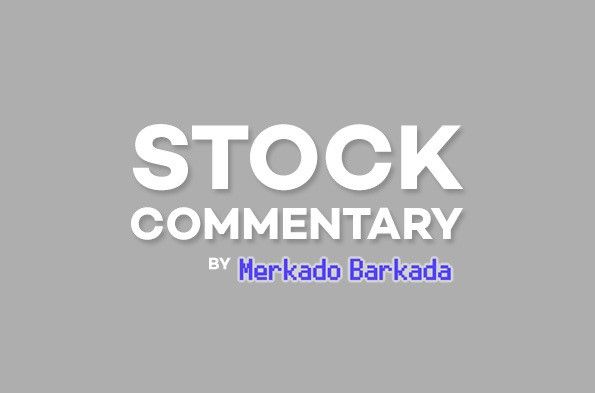On pref dividend, why does the yield drop if the stock price increases?

When a series of preferred shares is sold, it comes at a set IPO price (say, P1,000 per share), and a set dividend rate (say 3.5%). The dividend rate is quoted as a percentage of that IPO price, but the actual amount of the dividend paid to those holding the preferred shares would be P35/share (3.5% of P1,000). That dividend rate doesn’t change, but since the underlying preferred shares are openly traded on the PSE, the price of the share might. It can go up or down, depending (among other things) on the demand in the market for stable, income-generating investments.
If lots of people want to buy the stock to get those dividends and that demand drives the share price up to P1,100/share, the dividend that each share will receive (3.5% of P1,000, or P35) doesn’t change. So, while those that bought the shares at the IPO price will still be receiving a dividend with a 3.5% yield, the investors that bought at P1,100 will only receive a 3.1% yield. The amount of the dividend is the same for both investors, but the different prices paid for the underlying share alter the resulting yield for those shares. Once the IPO is complete, it isn’t accurate to quote the yield based on the IPO price if the current stock price is higher or lower, since the yield the investor will receive is based on the price they paid for the share (not on the IPO price).
MB BOTTOM-LINE
So, while it’s true that many preferred share investors buy and hold from IPO right up until redemption, that’s not true for all preferred share investors. If it were, we wouldn’t see any trading volume at all, and the prices of the preferred shares would remain fixed at the IPO price. The yield at the IPO price is marginally helpful to help figure out the actual amount of the dividend, but after that, it isn’t particularly useful to anyone. IPO investors are interested in the current price of the shares (to track the changing value of their stake), and those looking to buy preferred shares are mostly interested in the yield generated based on the current price.
A rising stock price drives the resulting yield down, and a falling stock price pushes the resulting yield up. You could also look at it this way: as demand for less-risky returns increases, the price of obtaining the benefit of those returns also increases (stock price rises), which drives down the return of the less-risky return (yield goes down), until the stock price and resulting yield reach some hazy equilibrium for the value of risk at that specific point in time. But that equilibrium is always shifting and adjusting, and that leads to price and yield changes!
--
Merkado Barkada is a free daily newsletter on the PSE, investing and business in the Philippines. You can subscribe to the newsletter or follow on Twitter to receive the full daily updates.
Merkado Barkada's opinions are provided for informational purposes only, and should not be considered a recommendation to buy or sell any particular stock. These daily articles are not updated with new information, so each investor must do his or her own due diligence before trading, as the facts and figures in each particular article may have changed.
- Latest

























